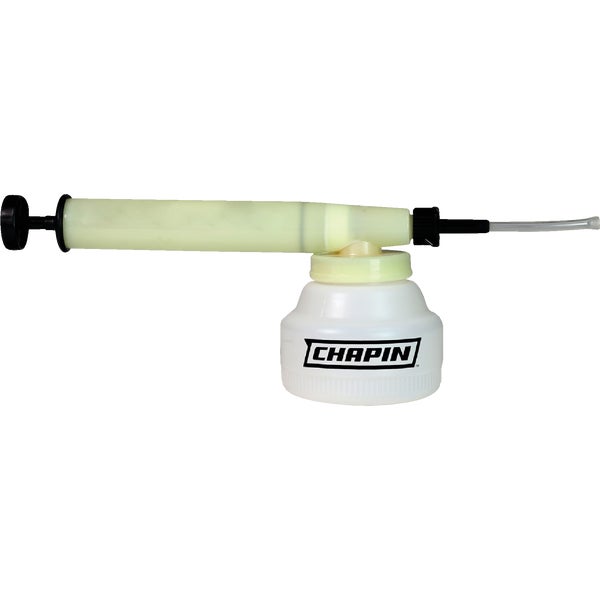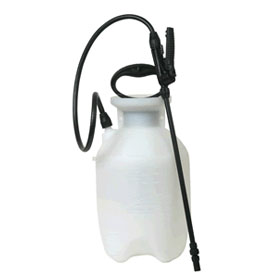Fact: It does effectively kill bed bugs.
New information I just learned: It is NOT 100% safe for use in the home around animals and humans. It IS safe in terms of ingesting - as long as it doesn't have any chemicals added to it, so the use in organic gardening still applies.
First, what exactly is it?
From Wikipedia's entry:
Diatomaceous earth (pronounced /ˌdaɪ.ətəˌmeɪʃəs ˈɜrθ/) also known as diatomite or kieselgur, is a naturally occurring, soft, siliceous sedimentary rock that is easily crumbled into a fine white to off-white powder. It has a particle size ranging from less than 1 micron to more than 1 millimeter, but typically 10 to 200 microns.[1] This powder has an abrasive feel, similar to pumice powder, and is very light, due to its high porosity. The typical chemical composition of oven dried diatomaceous earth is 80 to 90% silica, with 2 to 4% alumina (attributed mostly to clay minerals) and 0.5 to 2% iron oxide.[1]The problem with DE is with breathing in the dust. At minimum, the dust can dry out mucous membranes when breathed in (for me this resulted in minor nosebleeds after having DE spread in far too great a quantity throughout my apartment for about a week). Some people express concerns that the silica that make up DE (which look like shards of glass under a microscope) can damage the lungs over time, but I have not found consistent information backing this up.
However, when my landlord finally got a bed bug sniffing dog company to inspect my apartment, the woman from the pest control company wouldn't let her dog sniff my unit because there was too much DE around. She told me that "a good application of DE is one you cannot see" and that many people make mistakes in using the stuff because there is not good, consistent information online about how to use it correctly. One needs to use a proper applicator, a duster, which spays a fine sheen of powder that should be close to invisible to the naked eye. And one should ALWAYS wear a mask when using DE (I'd gotten that part right, at least) and keep pets out of the room when dusting.
A duster will look something like these:
So, if you are going to use Diatomaceous Earth in your home, please be sure to:
1) Wear a mask
2) Lock your pets out of the room until the dust settles
3) Use a duster
4) Make sure you cannot see the dust (in this instance, less is more)



5 comments:
http://bedbugregistry.com/ - for future reference. My friend's boyfriend handles this site.
Thanks, Llama! I've actually got that as the first link on my "resources" page.
http://bedbugged.blogspot.com/p/resources.html
Killing bed bugs can be an arduous task and it requires deep understanding about the whole process. Did you know that an adult bed bug can survive without eating for over a year?
st george pest control
It is these times that homeowners have two choices. They could either do it themselves or they can hire a pest control company.
Pest Control | building and pest inspection brisbane
At Total Building Inspections QLD, we offer Building and Pest Inspection Caboolture for residential, commercial, and industrial properties.
Post a Comment